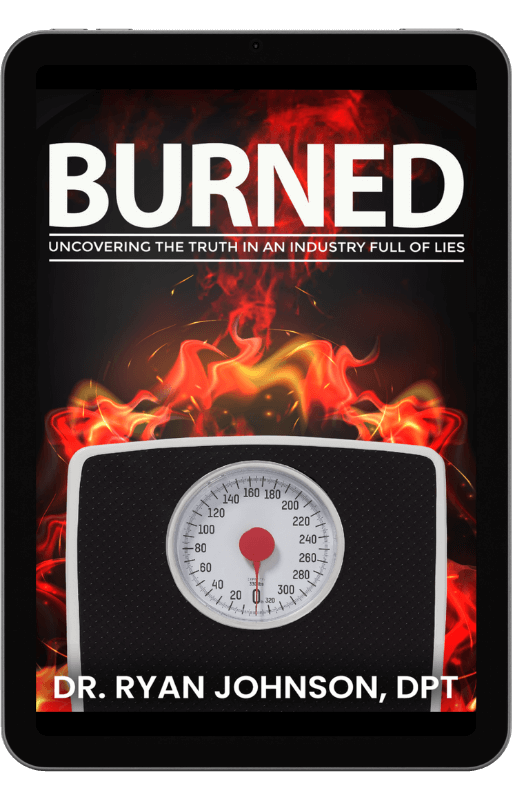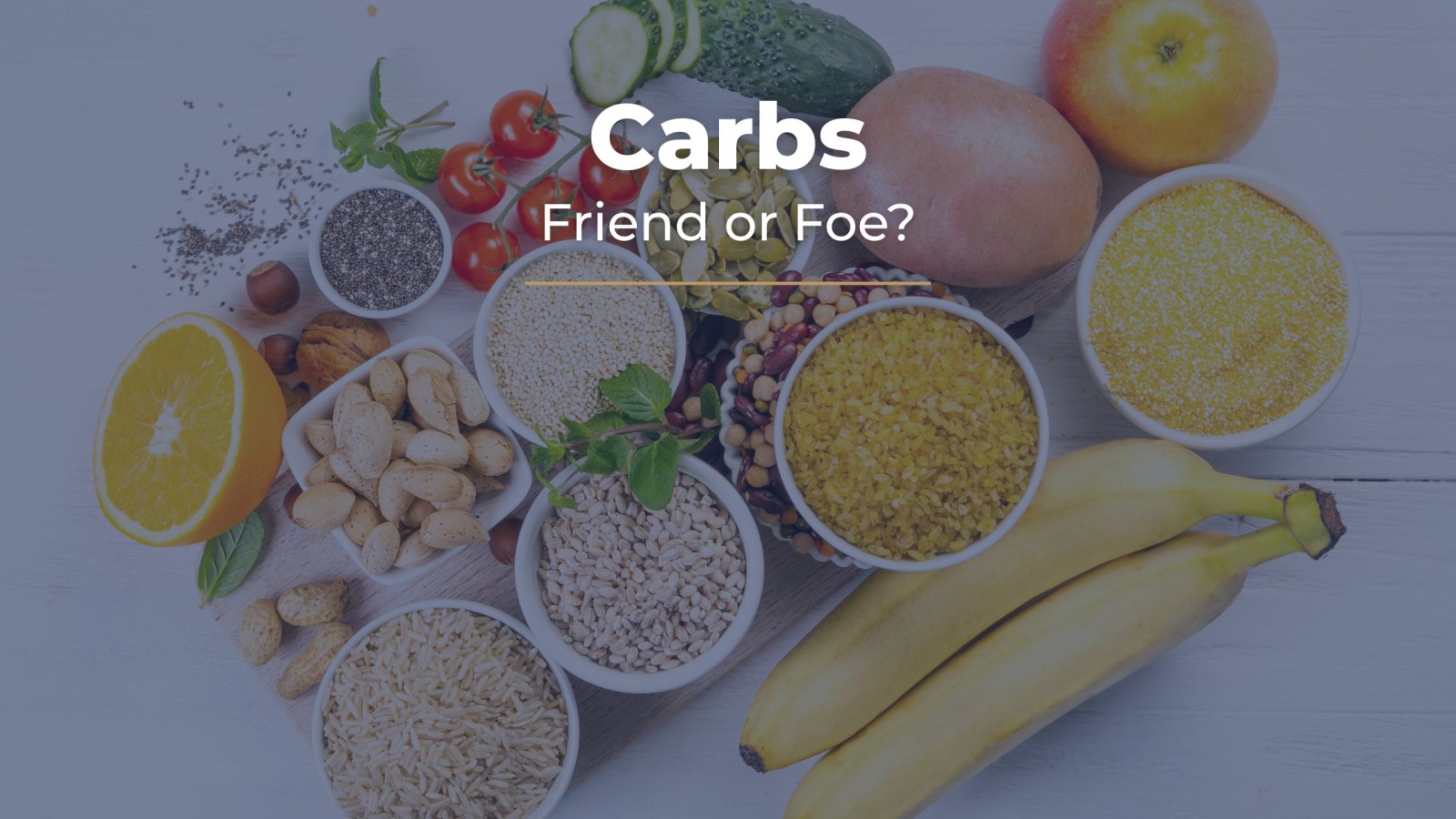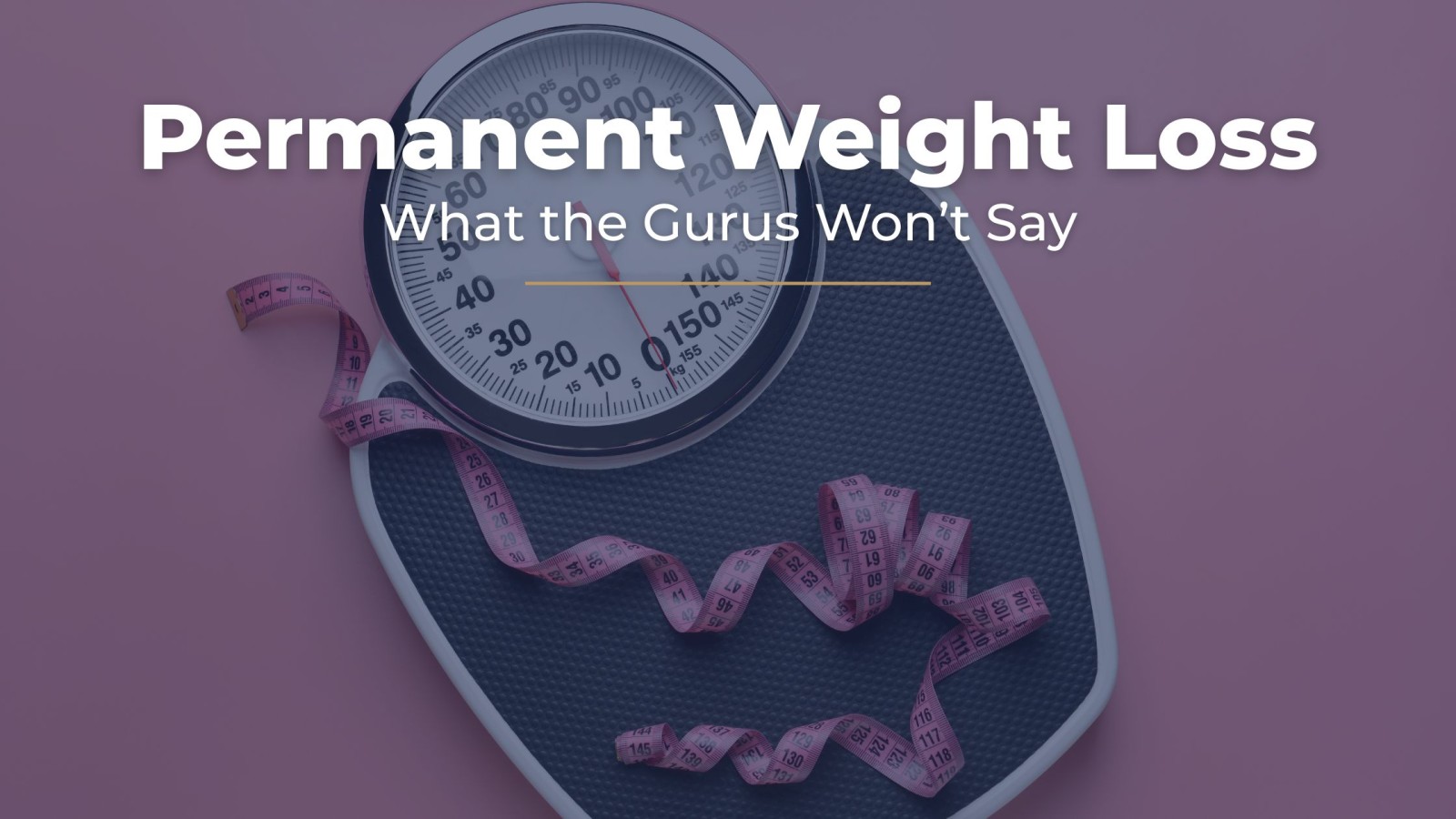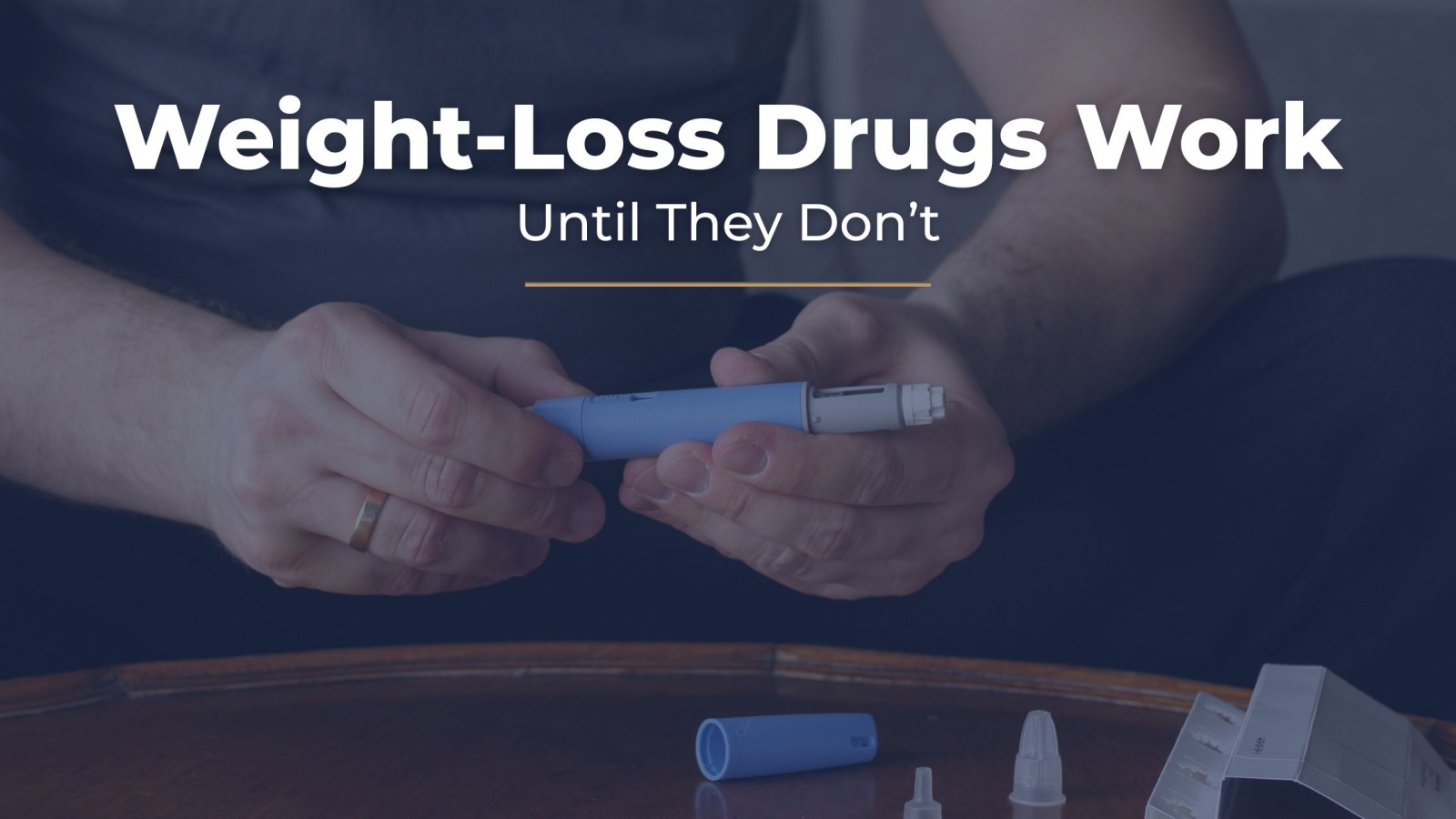
You’ve probably heard the arguments:
- “Protein shakes are ultra-processed junk.”
- “Just eat real food.”
- “Supplements are a scam — our ancestors didn’t need them.”
And if you spend any time online, the so-called experts make it sound like you’re either a clean-eating saint or a lazy, shortcut-seeking sinner.
Here’s the truth: most of that advice is based on personal bias — not science.
Whole, minimally processed foods are ideal. No one disputes that. But when zealots draw a hard line against anything “processed,” they ignore the evidence — and the context of the modern world we live in.
Let’s look at what the research (and real life) actually show.
The Problem Isn't Processing — It's What's Being Processed
On the NOVA scale — a system that classifies foods by their level of processing — ultra-processed foods are those made mostly of food-derived substances that barely resemble their original form, often packed with sugar, refined oils, and preservatives.
Over-consuming them drives weight gain, inflammation, gut dysfunction, insulin resistance, and disease.
But that’s not the same as functional processed foods like high-quality protein shakes or bars that deliver concentrated nutrients with minimal junk. When formulated well — high in protein, fiber, and micronutrients, low in added sugar and fats — they can fill gaps left by modern diets and support weight loss, performance, digestion, immunity, and healthy metabolism.
In other words: not all processing is bad. Some is smart.
Why Shakes Can Actually Help — Especially Today
Here’s the inconvenient truth: our modern food environment is stacked against us.
We no longer farm, hunt, or cook the way our ancestors did. We drive through, DoorDash, and snack our way through ultra-processed convenience food.
So when people say, “Just eat whole foods,” they’re technically right — but practically wrong.
Cooking every meal from scratch in a fast-paced life is unrealistic for most.
That’s why meal replacements can be a powerful ally — not a crutch.
They work with our modern lifestyle instead of against it, giving structure, convenience, and built-in calorie control.
Studies consistently show that diets combining whole foods and meal replacements outperform whole-food-only diets for weight loss, muscle retention, and long-term maintenance.1-8
In one meta-analysis of 22 studies with nearly 2,000 subjects, those who used meal replacements lost more weight after a year than those who didn’t. The best results came when >60% of daily calories initially came from shakes or bars.7
And perhaps the most impressive example: the Look AHEAD Trial — the largest and longest lifestyle intervention ever conducted.3
Participants in the Intensive Lifestyle Intervention (ILI) group — who replaced two meals per day with shakes or bars for the first six months, then one daily for maintenance — achieved greater long-term weight loss than any other large-scale trial to date.
At one year, they averaged nearly 9% total weight loss. And more than a quarter went on to maintain over 10% weight loss for eight years!
That’s with no weight loss drugs. Just nutrition, movement, and structure — with meal replacements built in.
And the evidence doesn’t stop there.
A 2021 study compared a group who used meal replacements for 16 weeks followed by a whole-food diet with a group who ate a whole-food-only diet for the entire year.8
After one year, both groups were eating higher-quality food than before the study — but the meal replacement group lost 17% of their body weight, compared to 10% in the whole-food-only group.
In other words, starting with structure and simplicity helped them build the momentum that led to bigger, longer-lasting results.
Think you have to choose between “real food” and “protein shakes”?
There’s a lot more nuance where that came from.
There’s a lot more nuance where that came from.
Join the Body by Ry™ Breakdown — my weekly email that cuts through the noise about food, fat loss, and metabolism — so you can stop guessing and start understanding what actually works.
No spam. Unsubscribe anytime.
But Can't We Just Eat Whole Foods?
Sure. You can lose fat, build muscle, and stay healthy eating only whole foods.
But it’s a lot harder than most people think.
If you’ve ever tried to hit one gram of protein per pound of lean body mass from chicken, fish, beef, or beans alone, you know how miserable that can be — not to mention time-consuming.
Shakes make it easier to reach your protein target without feeling overly full or bloated. They also simplify calorie control, since portion sizes are fixed and easily tracked. For those who struggle with overeating, that structure can be the difference between steady progress and relapse.
Besides, humanity has thrived for centuries on food evolution and innovation. Using fortified, nutrient-dense, high-protein shakes doesn’t erase ancestral wisdom — it adapts it to modern reality.
How to Use Protein Shakes (the Right Way)
Protein shakes and bars shouldn’t entirely replace real food — they should complement it.
Here’s how to use them wisely:
✅ Replace one or two meals per day with a high-protein, high-fiber, low-sugar shake or bar.
✅ Pair them with produce — fruit, veggies, or greens — to boost micronutrient variety and satiety.
✅ Use them strategically:
– To help stay in a calorie deficit during fat loss
– To prevent a calorie surplus during maintenance
– To hit daily protein targets without excess calories
– To help stay in a calorie deficit during fat loss
– To prevent a calorie surplus during maintenance
– To hit daily protein targets without excess calories
✅ Check your labels: avoid shakes that are basically milkshakes in disguise (loaded with sugar, low-quality protein, and filler fats).
If you’re on a lower-calorie plan (say, 1,200–1,500 cal/day), mixing one or two 250-calorie meal replacements with one or two whole-food meals provides flexibility, structure, and possibly better nutrient coverage than whole foods alone.
The Bottom Line
Do you need protein shakes? No.
Can they make fat loss, performance, and health optimization easier? Absolutely.
In a world where convenience foods dominate every corner, the smartest move isn’t completely rejecting them — it’s choosing them wisely.
So, no — you don’t have to live in your kitchen or fear every ingredient you can’t pronounce.
You just have to use modern tools — backed by science, not bias — to make healthy living doable in the real world.
Whole foods fuel your foundation. Functional foods fill the gaps.
Together, they work far better than either one alone.
💡 What you just read came from Chapters 13, 18, 42, and 43 of my book, Burned™ — Uncovering The Truth in an Industry Full of Lies.
If you’re ready to go beyond the headlines and understand how your body actually works — and how to make fat loss finally stick — you’ll find it all inside Burned™.

References







